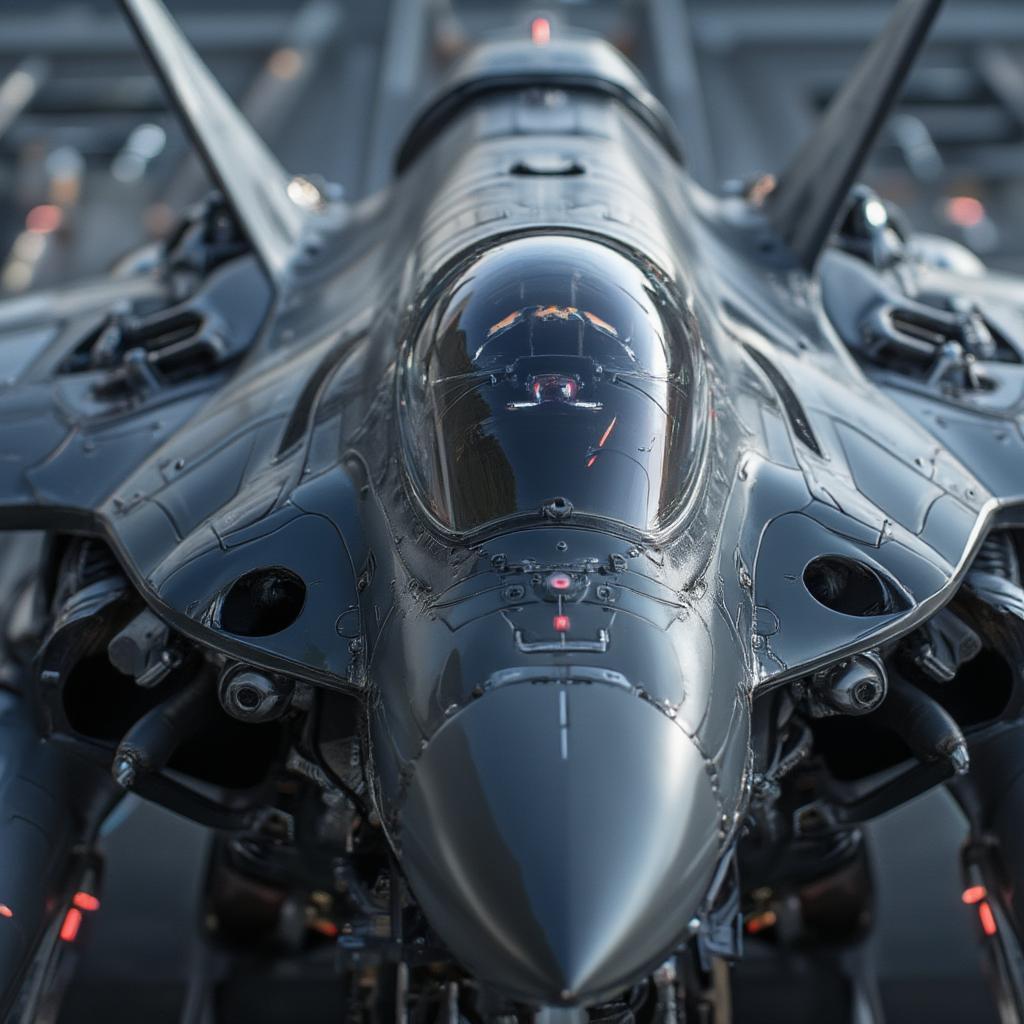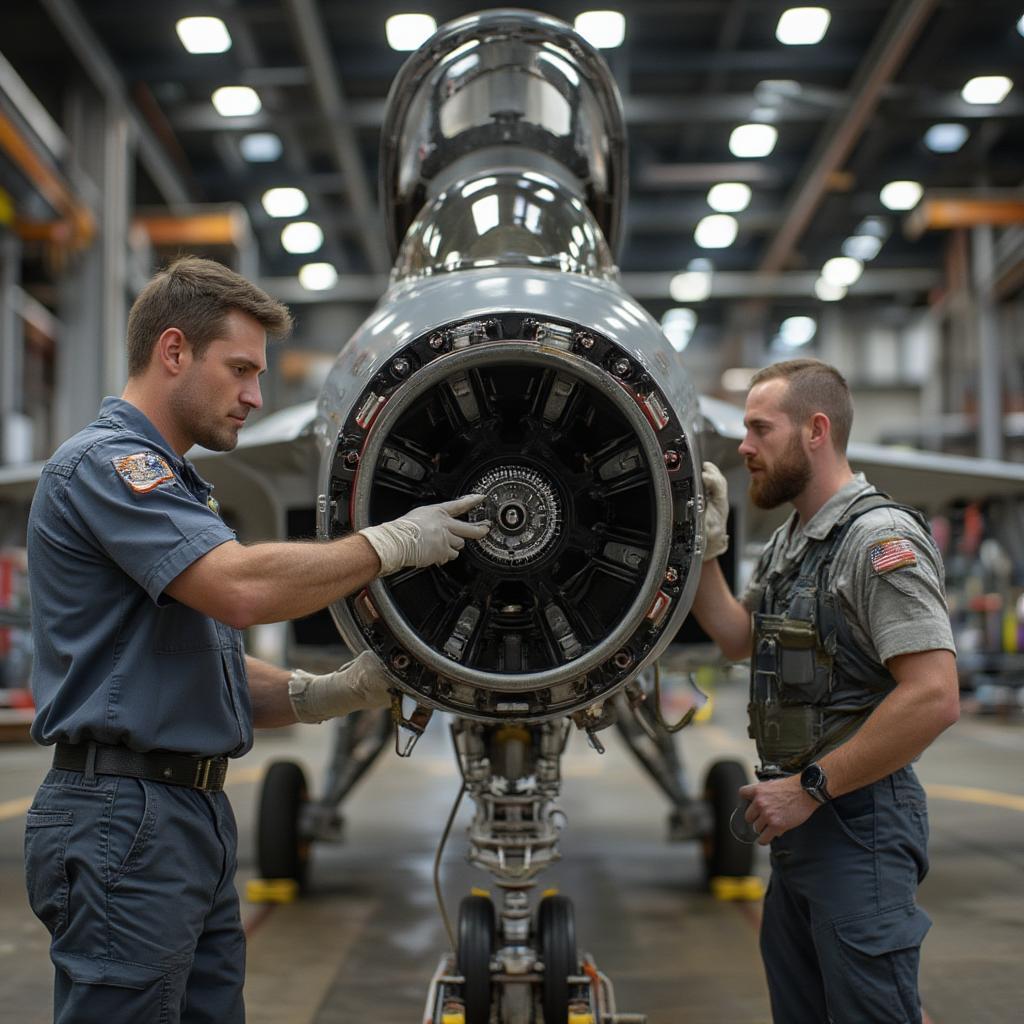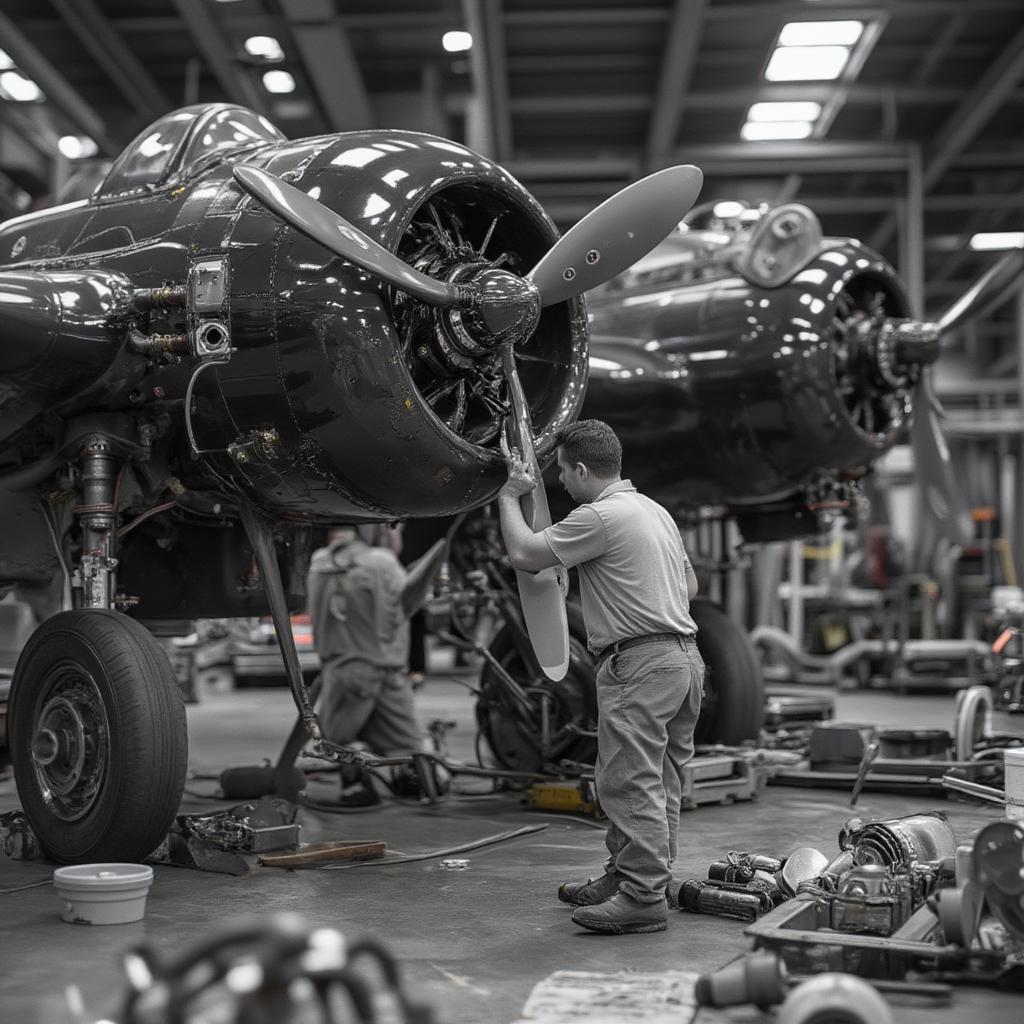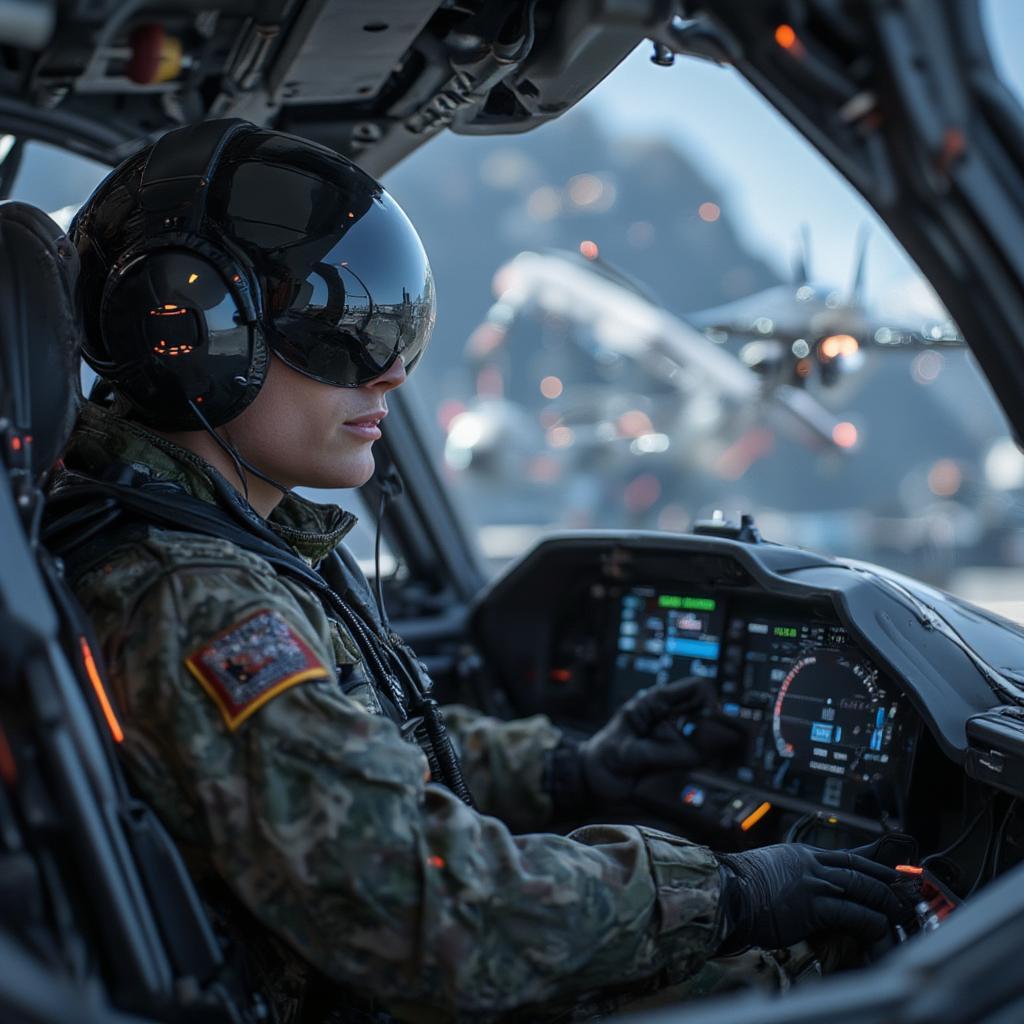India’s Future Fighter Aircraft: A Deep Dive into the Next Generation of Air Power

The quest for a superior air force is a constant, and for India, this means looking towards the future. The India future fighter aircraft program is not just about acquiring new planes; it’s a strategic imperative aimed at bolstering national security and projecting power in a complex geopolitical landscape. The choices made now will dictate India’s aerial capabilities for decades to come.
Why India Needs a New Generation of Fighters
India’s current fleet, while robust, is facing the challenges of aging technology and evolving threats. The need for a modern, potent fighter force is driven by several factors:
- Geopolitical Tensions: The region is fraught with border disputes and evolving power dynamics, necessitating a strong deterrent.
- Technological Advancements: Global powers are rapidly developing cutting-edge aerial platforms, and India must keep pace.
- Operational Requirements: Modern warfare demands aircraft with advanced capabilities in terms of range, payload, electronic warfare, and stealth.
The Contenders: Examining the Options for India
Several aircraft are vying for consideration in the India future fighter aircraft program, each with unique strengths and weaknesses.
-
HAL Tejas Mark 2: An indigenous option, the Tejas Mark 2 represents a leap forward for Indian aviation. It promises enhanced capabilities compared to its predecessor, including improved range, payload, and advanced avionics.
-
Dassault Rafale: Already in service with the Indian Air Force, the Rafale offers a proven platform with advanced multi-role capabilities and combat experience. Additional orders could capitalize on existing infrastructure and training.
-
Boeing F/A-18E/F Super Hornet: A carrier-capable fighter, the Super Hornet presents a versatile platform for both land-based and naval operations. Its robust payload capacity and electronic warfare suite make it a formidable option.
-
Saab Gripen E: The Gripen E is a modern, cost-effective fighter with advanced networking capabilities. It’s known for its ease of maintenance and low operating costs, making it an attractive option for large-scale acquisitions.
-
Lockheed Martin F-21: Designed specifically for India, the F-21 is a derivative of the F-16V, boasting improvements in performance and avionics. Its modular design and advanced sensors position it as a strong contender.
“The Indian Air Force needs a fighter that not only meets today’s threats but can adapt to future challenges. The emphasis should be on acquiring technology that will offer a decisive advantage,” states Dr. Arjun Sharma, a noted defense analyst.
Key Capabilities: What India Needs in a Future Fighter
The India future fighter aircraft needs to possess a specific set of capabilities to be effective in modern warfare:
- Advanced Radar and Sensors: The ability to detect and track targets at long ranges and in all weather conditions is critical. AESA (Active Electronically Scanned Array) radar is a must.
- Electronic Warfare (EW) Suite: Modern aircraft must have robust EW capabilities to jam enemy radars and communications while protecting themselves from similar attacks.
- Data Linking and Networking: Seamless integration with other platforms and networks is vital for coordinated operations.
- Precision Guided Munitions: The ability to accurately engage targets with various types of guided weapons is essential for minimizing collateral damage.
- Stealth Characteristics: Reduced radar signature and infrared visibility can greatly improve survivability in contested airspace.
- Advanced Engine and Performance: A powerful engine that delivers speed, range, and maneuverability is essential for any modern fighter.
- Multirole Capability: The ability to perform both air-to-air and air-to-ground missions efficiently is a crucial advantage.
indian air force multi role future fighters
The Indigenous Push: The Importance of “Make in India”
India’s “Make in India” initiative plays a crucial role in the selection process. The desire for self-reliance in defense production is a major factor influencing the decision-making.
- Transfer of Technology (ToT): India seeks comprehensive ToT to establish indigenous production capabilities and reduce reliance on foreign suppliers.
- Indigenous Development: Encouraging local manufacturers to develop key components and systems is crucial for long-term sustainability.
- Job Creation: Domestic production can create significant employment opportunities within India’s aerospace sector.
Cost vs. Capability: Striking the Right Balance
The cost of these advanced fighter jets is a major consideration for the Indian government.
- Life-Cycle Costs: India needs to consider the overall costs of acquiring, operating, and maintaining the aircraft over its lifespan, not just the initial price.
- Affordability: A delicate balance must be struck between the desired capabilities and the financial burden on the national exchequer.
- Long-Term Investment: Investing in a capable and future-proof fighter force is a long-term strategic investment that will yield dividends in terms of security and influence.
“The acquisition of a new fighter jet is not just about technology; it’s about fostering a self-reliant defense ecosystem. The ‘Make in India’ aspect is of paramount importance for the long-term security of the nation,” notes Mrs. Indira Patel, a specialist in Indian defense policy.
Navigating the Geopolitical Landscape
The India future fighter aircraft program is not just about acquiring aircraft but also about signaling India’s position in the global geopolitical landscape.
- Strategic Partnerships: The choice of aircraft will influence India’s partnerships with other nations and their ability to cooperate on security matters.
- Regional Influence: A modern, potent air force will enhance India’s position as a major power in the Indo-Pacific region.
- Deterrent Capability: Having a formidable air force acts as a strong deterrent against potential adversaries, ensuring regional stability.
The Impact of Technology: Shaping Future Air Warfare
The advancements in technology are dramatically changing the landscape of air warfare.
- Artificial Intelligence (AI): AI is being integrated into combat systems to improve decision-making and autonomous capabilities.
- Unmanned Aerial Vehicles (UAVs): UAVs are increasingly playing a more significant role in reconnaissance, surveillance, and combat missions.
- Cyber Warfare: The integration of cyber capabilities will be crucial in future air operations.
Choosing Wisely: The Path Ahead for India
The India future fighter aircraft program is one of the most significant defense acquisitions in the country’s history. The selected aircraft will shape the future of the Indian Air Force for decades. Therefore:
- Thorough Evaluation: A detailed evaluation of the competing platforms based on their technological merits, operational capabilities, and cost-effectiveness is crucial.
- Strategic Alignment: The acquisition should align with India’s long-term strategic objectives and national security priorities.
- Transparent Process: A transparent and impartial process is essential for ensuring that the best possible platform is selected.
indian air force fighter selection strategy
“India needs to ensure that the chosen fighter aircraft not only meets its present needs but is also adaptable to future technological advancements. This long-term perspective is critical in maintaining our strategic edge,” observes Air Marshal Vikram Singh (Retd), a former Indian Air Force commander.
The Future is Airborne:
The India future fighter aircraft program is a critical endeavor for India. The choices made today will not only shape the future of the Indian Air Force but also play a crucial role in ensuring national security and projecting power. As India carefully evaluates its options, it’s clear that a robust, advanced, and indigenous air force is essential for navigating the complex challenges of the 21st century.
Frequently Asked Questions (FAQ)
-
What is the main objective of the India Future Fighter Aircraft program?
The primary objective is to modernize the Indian Air Force by acquiring advanced fighter jets capable of meeting current and future threats, enhancing national security, and promoting self-reliance in defense production. -
What are some of the key capabilities India seeks in its future fighter aircraft?
Key capabilities include advanced radar and sensors, electronic warfare suites, data-linking capabilities, precision-guided munitions, stealth characteristics, powerful engines, and multi-role functionality. -
How does the “Make in India” initiative influence the fighter aircraft selection process?
The “Make in India” initiative prioritizes transfer of technology (ToT) and indigenous development, ensuring that India establishes local production capabilities and reduces reliance on foreign suppliers, aiming for self-reliance in defense. -
What are some of the potential fighter aircraft contenders for India?
The HAL Tejas Mark 2, Dassault Rafale, Boeing F/A-18E/F Super Hornet, Saab Gripen E, and Lockheed Martin F-21 are potential contenders, each offering unique capabilities. -
How does the geopolitical landscape impact India’s decision in choosing the future fighter aircraft?
The choice impacts strategic partnerships, regional influence, and India’s deterrence capabilities in the Indo-Pacific, signaling its global position. -
Why is it important to consider the life-cycle cost of the aircraft, rather than just the initial purchase price?
Considering the life-cycle cost, which includes acquisition, operation, and maintenance over the aircraft’s lifespan, ensures long-term financial sustainability and efficiency, avoiding unexpected expenses. -
How is the integration of technology such as AI and cyber warfare impacting the future of air warfare?
AI and cyber capabilities are revolutionizing air combat by improving decision-making and introducing new dimensions of conflict, impacting the design and operation of future fighter aircraft. -
What is the significance of multirole capabilities in the context of modern fighter aircraft?
Multirole capabilities enable aircraft to perform both air-to-air and air-to-ground missions efficiently, improving versatility, reducing the need for specialized aircraft, and enhancing operational flexibility. -
What role does a transparent and impartial process play in selecting India’s next fighter aircraft?
A transparent process ensures that the best possible platform is chosen based on merit, enhances public trust, and aligns the decision with India’s national security priorities.

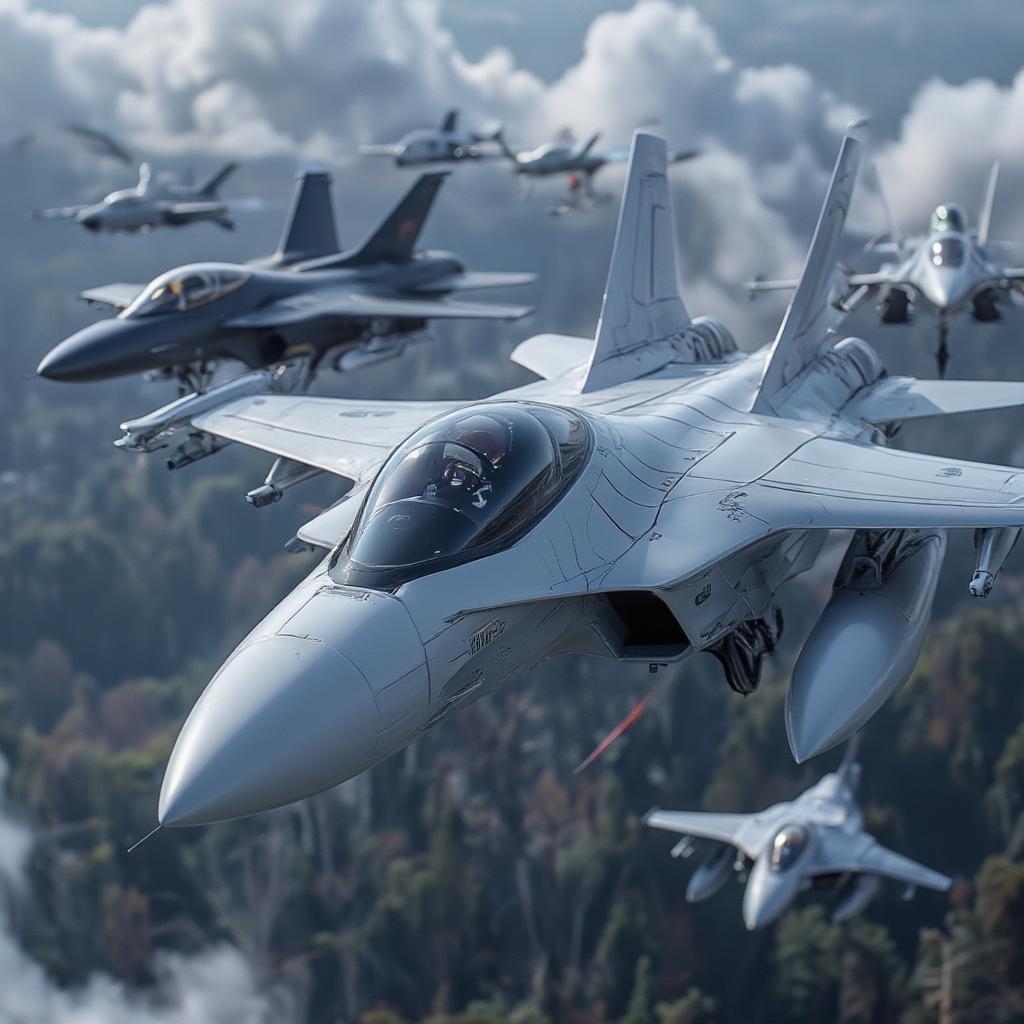 indian air force fighter selection strategy
indian air force fighter selection strategy